Your workspace should be a haven, providing a safe and comfortable environment where you can showcase your skills and contribute to the success of your organization. Whether you're on a bustling construction site, in a bustling manufacturing plant or in a busy retail store, the role of reliable work gear emerges as a key element to support your safety and productivity. Endeavoring to help you make informed choices regarding your workwear, this guide delves deep into the critical facets of selecting the most effective gear, offering rich insights based on global market trends, safety statistics, and specific industry needs. By the end of this elucidative exploration, you'll hold a thorough understanding of how the right gear can transform your workplace experience, assuring safety while also boosting overall occupational wellbeing.
An Overview of The Global Workwear Market
It's impossible to overlook the dynamic and growing sphere of the global workwear market. Not only does it highlight the evolving nature of work, encompassing sectors ranging from retail to healthcare, but it underscores our societal shift towards prioritizing both comfort and style in the workplace. Let's dive deeper into the current worth and future growth of this industry, as well as explore emerging trends that are set to redefine the workwear market.
Current Size and Projected Growth
As of now, the global workwear market punches high with a robust valuation. This boom reflects the rising demand for professional attires that seamlessly blend functionality with aesthetic appeal. Looking ahead, experts predict continued market growth, spurred on by several contributing factors.
- The ongoing advancement of workwear technology, particularly in sectors that require specialist protective garments, is a leading growth driver.
- An increase in health and safety regulations worldwide is pushing companies to invest more in quality, compliant workwear.
- A growing focus on developing eco-friendly workwear options - a win-win for corporates eager to bolster their green credentials while meeting employee demands for sustainable apparel.
Emerging Trends and Predictions
The upcoming years herald a fresh wave of trends set to shape the future of the workwear market.
- The rise of 'athleisure' into the workspace: More businesses are encouraging a relaxed dress code, making way for the incorporation of comfortable, athletic-inspired attire in the daily work wardrobe. In essence, think yoga pants redefined as office attire.
- Artificial intelligence and the integration of smart technology into workwear, particularly protective wear, is a trend on the horizon. Smart garments could boast features like temperature control or built-in GPS for improved safety.
- Shifting consumer preferences towards personalization and tailor-made work clothes that reflect one’s style, identity, and body type, is an emerging trend to watch out for.
As this overview reveals, the global workwear market is a dynamic beast, fueled by innovation and change. A shifting landscape of consumer demands, technology, and corporate priorities means that businesses must keep their pulse on emerging trends to succeed in this thriving sector. Rest assured, the future of workwear will be anything but dull.
Understanding The Importance of Reliable Work Gear
For every passionate artisan, skilled laborer, or daring risk taker, their work gear is a testament to their dedication and a shield protecting their well-being. It's their second skin — a partner in every venture — that takes the hits so they don't have to. But just how critical is the reliability of this gear in providing a safe workspace? Let's dig into it.
Fatal and Non-Fatal Work Injuries Statistics
To understand the gravity of workplace safety, we need to take a closer look at some harrowing figures. Every year, numerous professionals become victims of work-related accidents that otherwise could be avoided.
- According to the U.S. Bureau of Labor Statistics (BLS), there were 5,250 fatal work injuries recorded in the United States in 2018.
- The BLS survey also revealed that slips, trips, and falls made up 27% of these occurrences.
- Furthermore, workers operating heavy equipment or those in construction industries are amongst the groups at highest risk.
These dire statistics are a sobering reminder of the threats that lurk within our everyday workspace, and serve as a call to action for reinforcing safety measures.
Role of Work Gear in Mitigating Workplace Risks
Work gear is an integral part of workplace safety protocol, designed to protect workers from potential hazards. The importance of reliable work gear is demonstrated in the following ways:
- Practical Protection: Work gear provides physical barriers against dangers on duty, safeguarding professionals from harmful materials, equipment, and environmental conditions.
- Compliance with law: Regulatory bodies like OSHA necessitate the use of specific safety gear to uphold industry safety standards, violating which could result in heavy fines and penalties.
- Enhances Productivity: With the mental assurance of safety, employees can fully concentrate on their tasks, thereby increasing efficiency and productivity.
Incorporating improvements, such as the Role of Technology in Work Gear, can further amplify these benefits. With advancements like wearable tech and smart textiles, modern work gear can offer unprecedented levels of safety, comfort, and functionality.
Recognizing the significance of dependable work gear is a vital step in creating safer workplaces and sectors. As the facts illustrate, the reliability of work gear directly corresponds to the number of work-related injuries. Beyond just complying with work safety laws, the adoption of robust work gear can save lives. So let's outfit ourselves right, because safeguarding each other is of utmost importance. And remember, the best gear is the one that brings you back home safely.
Selection Criteria for Reliable Work Gear
Picking the right work gear is paramount, not just for comfort, but also for safety and productivity. Luckily, you don't have to be an industry expert or a fashion guru to make well-informed choices. With a few simple tips and an understanding of the basics, you'll be able to find work gear that can stand up to tough weather and the demands of your job. Here are some criteria that you should consider:
Safety and Compliance
Firstly, safety should never be compromised. It’s important to check if the work gear is compliant with the industry safety standards. This means:
- Material resistant to fire, heat, or electricity.
- Reflective gear for night work.
- Gear equipped with safety features like kneepads, or steel cap boots.
Remember, safe gear is not a luxury, but a necessity in a work environment.
Durability and Longevity
Durability is another major criterion. Constant replacement of work gear not only increases expenses but can contribute to inefficiency. That’s why your ideal work gear should possess:
- Robust materials that resist tear and wear.
- Top-notch stitching and construction.
- Advanced resistance to environmental conditions.
"Quality is remembered long after the price is forgotten" - the adage rightly applies to the selection of work gear.
Comfort and Ergonomics
Comfort should never be overlooked. After all, workers wearing these gears are expected to perform tasks efficiently, which can be hindered if the gear is uncomfortable or ill-fitted. The following attributes ensure comfort:
- Gear that fits well, not too tight or loose.
- Breathable materials for better ventilation.
- Ergonomic design that supports good posture.
Discomfort leads to distraction, and distraction leads to accidents - a risk no one should be willing to take.
Eco-Friendly and Sustainable Options
In this era of climate change, choosing eco-friendly options is more important than ever. Sustainable work gear doesn’t mean a compromise on safety or durability aspects. Some key points to look for include:
- Gear made of recyclable or biodegradable materials.
- Gear produced by fair trade and ethical companies.
- Environmentally-friendly dyes and treatments on gear.
You can enjoy the satisfaction of keeping yourself safe, and contributing to the well-being of the planet at the same time.
Choose wisely to ensure you're not just well-dressed but also well-prepared for any condition your job may throw at you.
Specifics of Work Gear for Different Industries
In all corners of the globe, hardworking individuals commit their days, and often nights, to various industries. The attire these individuals don differs significantly based on their line of work. From construction workers on towering scaffolds to manufacturing specialists on a bustling plant floor, professionals across different industries require appropriate and comfortable work gear. But what exactly do these differences look like? Let's delve into the specific work gear across four major industries: Construction, Manufacturing, Healthcare, and Retail.
Construction
When it comes to the construction industry, robustness and safety are paramount. Considering the physically demanding nature of the job and possible hazards that employees may encounter, like falling objects or sharp materials, the work gear must be resistant and protective.
- Hard Hats: Necessary in any construction environment, they safeguard the head from impacts.
- Boots with Steel Toe Caps: These protect the feet from heavy falling or sharp objects.
- Safety Harnesses: These are life-saving for workers operating in high-rise structures.
Nevertheless, comfort cannot be overlooked while focusing on the safety elements. A blog that highlights the significance of Comfortable Gear for Construction workers illustrates the importance of comfort for productivity.
Manufacturing
Work gear demands in the manufacturing industry can vary, often depending on the specific type of manufacturing being carried out. Typically, employees in this industry need:
- Ear Protection: Manufacturing plants often have high noise levels, necessitating ear protection.
- Safety Glasses: To protect the eyes from flying particles during production.
- Heat-resistant Gloves: Essential when handling hot objects or working near heat sources.
Healthcare
Healthcare professionals require garb that promotes hygiene and reduces disease transmission risk, from disposable gloves to surgical masks. Scrubs are the most common attire, designed for easy washing and sterilization.
Retail
Unlike the aforementioned industries, the retail sector does not usually present significant physical hazards. Here, the emphasis on work gear shifts towards presentability and comfort. An employee spends long hours on their feet, so non-slip, comfortable shoes are paramount.
While each industry dictates unique work gear needs, a universal principle remains: the vital role of properly fitted, comfortable, and fit-for-purpose attire in promoting worker safety, productivity, and satisfaction.
Conclusion
Conclusion
Choosing the right work gear is a strategic decision that has far-reaching implications on employees' safety, morale, and productivity. The evolution of the workwear market has yielded an abundance of options, varying in design, levels of protection, and durability to fit different industries and roles. Emphasis on sustainability and eco-friendly options is widening this spectrum further. However, the most crucial factors when selecting work gear are safety, comfort, durability, and compliance with industry-specific regulatory standards. Of course, obtaining work gear that successfully merges all these aspects can feel like a daunting task. But brands like Rain Gear Pro make it easier with their high-quality, durable, and comfortable work gear, including the chainsaw safety pants, made to conquer challenges like the notorious crotch blowout. Produced entirely in Canada using top-tier materials, such pants exemplify the commitment to safety and excellence that reliable work gear should offer. With robust and well-designed work gear, companies can protect their most valuable asset: their employees. Therefore, investing in good quality work gear is not just a compliance requirement; it's an embodiment of a company's values towards employee health, safety, and general well-being. Always remember, the right gear not only safeguards the workforce but contributes to a more productive, efficient, and harmonious workspace in the long run.Frequently Asked Questions
-
What factors should I consider when selecting work gear?
When selecting work gear, consider factors such as durability, comfort, safety features, functionality, and the specific requirements of your job.
-
What are some essential work gear items?
Some essential work gear items may include safety shoes, gloves, helmets, protective eyewear, high-visibility clothing, ear protection, and knee pads, depending on the nature of your job.
-
How do I ensure that my work gear fits properly?
To ensure proper fit of work gear, carefully measure yourself and refer to size charts before making a purchase. Additionally, read customer reviews to determine if the brand or product runs true to size or has any sizing issues.
-
Are there any specific standards or certifications to look for in work gear?
Yes, it is important to look for work gear that meets relevant safety standards or certifications, such as ANSI (American National Standards Institute) ratings for protective equipment. These standards ensure that the gear has been tested and meets specific safety requirements.
-
How often should I replace my work gear?
The frequency of replacing work gear depends on factors such as wear and tear, damage, changes in safety standards, and manufacturer recommendations. Inspect your gear regularly and replace any items that show signs of wear or damage to ensure your safety on the job.



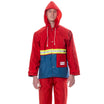
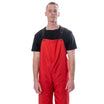
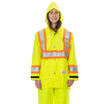
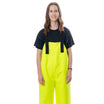
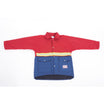
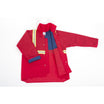
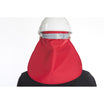
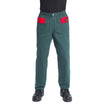
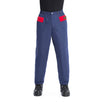
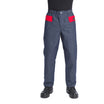
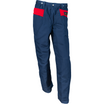
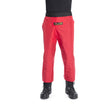
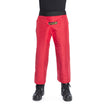
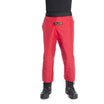
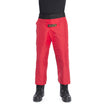
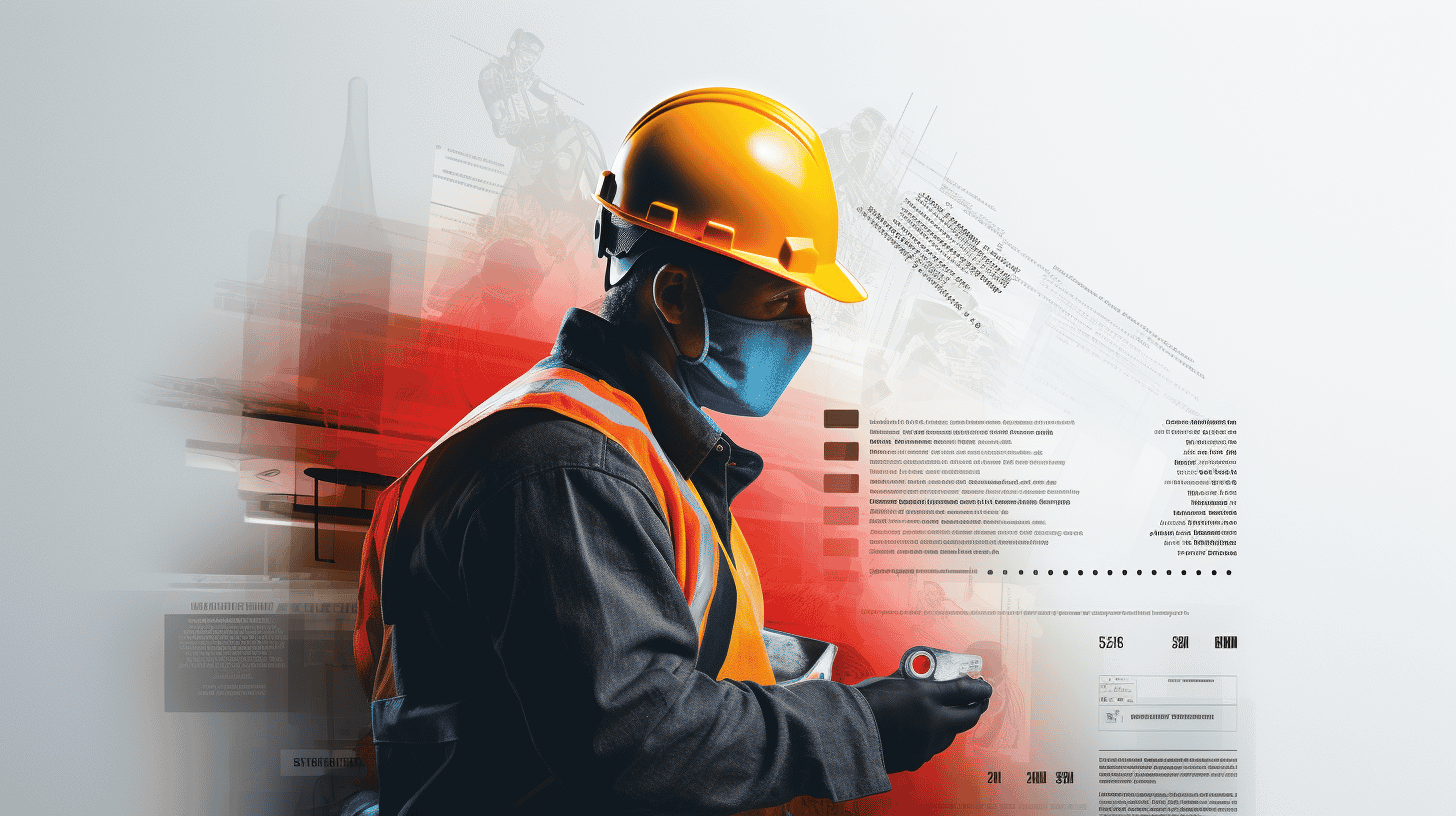
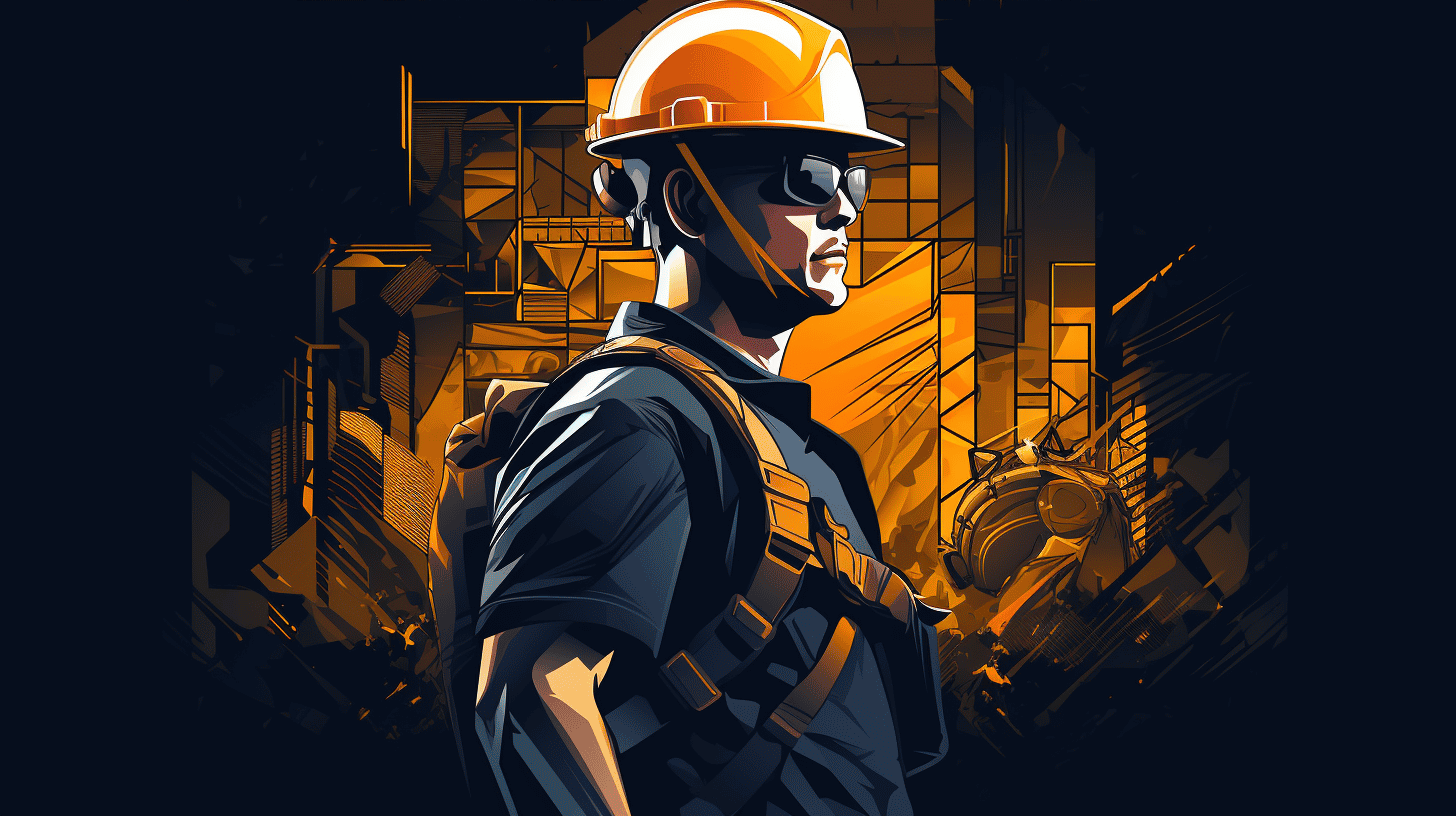
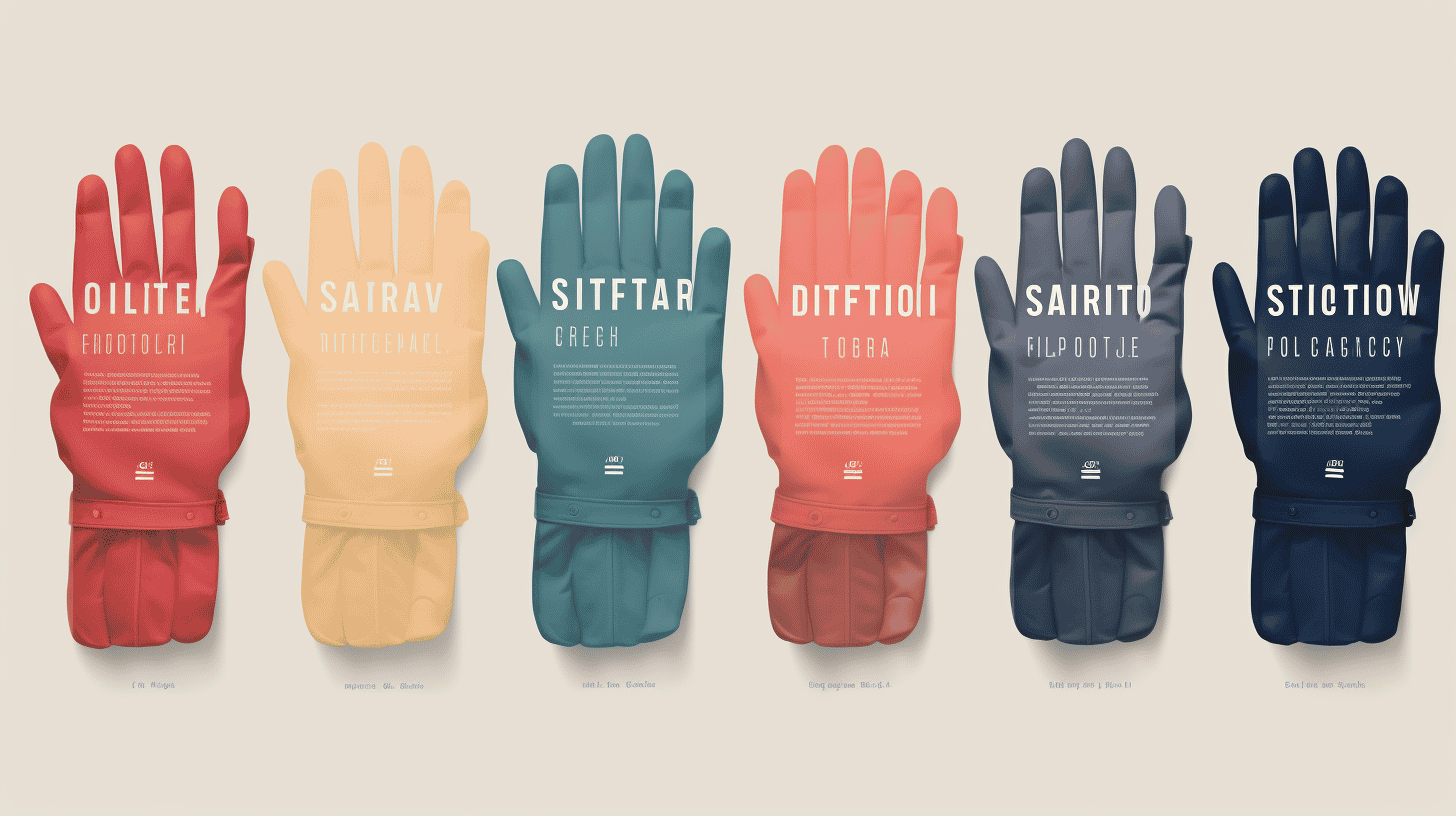
Leave a comment
This site is protected by hCaptcha and the hCaptcha Privacy Policy and Terms of Service apply.